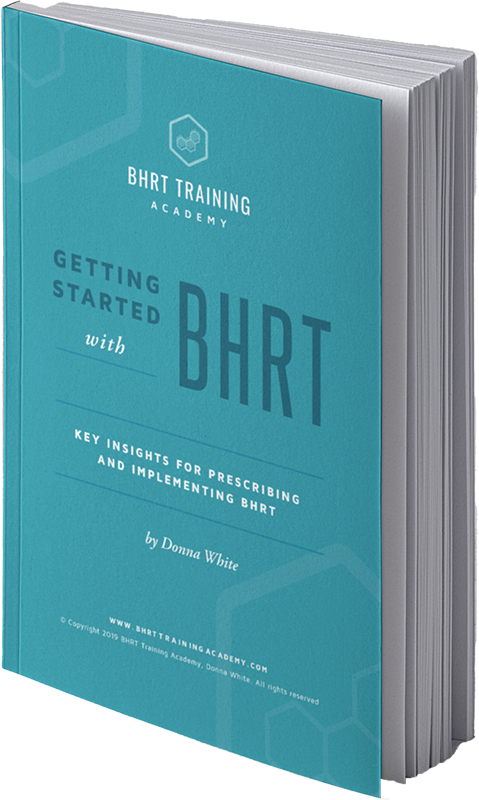How Stress and Adrenal Function Impact Your Hormones

The HPA Axis: A Quick Overview
Let’s start with a quick overview of the HPA axis. This complex system involves the hypothalamus, pituitary gland, and adrenal glands working together to regulate the body’s response to stress. When functioning properly, the HPA axis helps maintain homeostasis. However, chronic stress can lead to HPA axis dysfunction, which in turn can wreak havoc on hormone balance.
Stress, Cortisol, and Hormone Imbalance
So, how does this happen? Prolonged stress causes the adrenal glands to produce excessive amounts of cortisol, often referred to as the “stress hormone.” Over time, this can lead to adrenal fatigue or HPA axis dysfunction. The consequences? Imbalances in other crucial hormones like estrogen, progesterone, and testosterone.
The Ripple Effect on Sex Hormones
For example, when the body requires more cortisol, it pulls from the same pool of steroidogenic intermediates used to make estrogens and androgens. This means less raw material is available for sex hormone production, resulting in lower levels of estrogen, progesterone, and testosterone. The impact on your patients’ well-being can be significant, from worsened hot flashes and poor sleep to decreased libido and depressed mood.
Cortisol and Thyroid Function
But the effects don’t stop there. Elevated cortisol can also interfere with thyroid function, leading to symptoms of hypothyroidism despite normal thyroid hormone levels. This phenomenon, known as functional thyroid deficiency, occurs when high cortisol desensitizes tissues to the effects of thyroid hormones.
Addressing Adrenal Function in BHRT
As a practitioner of Bioidentical Hormone Replacement Therapy (BHRT), it’s crucial to address adrenal function and stress management as part of your patients’ comprehensive treatment plans. By supporting the HPA axis and reducing cortisol levels, you can help restore balance to the entire endocrine system.
Testing and Treatment Strategies
So, what can you do? First, consider testing cortisol levels throughout the day using salivary or dried urine testing. This will give you a clear picture of your patient’s adrenal function and help guide treatment decisions. Next, incorporate stress-reducing techniques and adaptogenic herbs into your patients’ regimens. These powerful plants, such as ashwagandha, holy basil, and rhodiola, can help the body better adapt to stress and normalize cortisol levels.
Conclusion
Remember, achieving hormone balance is a multifaceted approach. By addressing the often-overlooked connection between stress, adrenal function, and hormones, you’ll be providing your patients with the comprehensive care they need to feel their best. So, the next time you’re assessing a patient’s hormone health, don’t forget to consider the role of stress and the HPA axis. Your patients will thank you for it.

Get the quick read ebook,
Getting Started with BHRT -
Key Insights to Prescribing and Implementing BHRT.
CME's - Earn while you learn.
